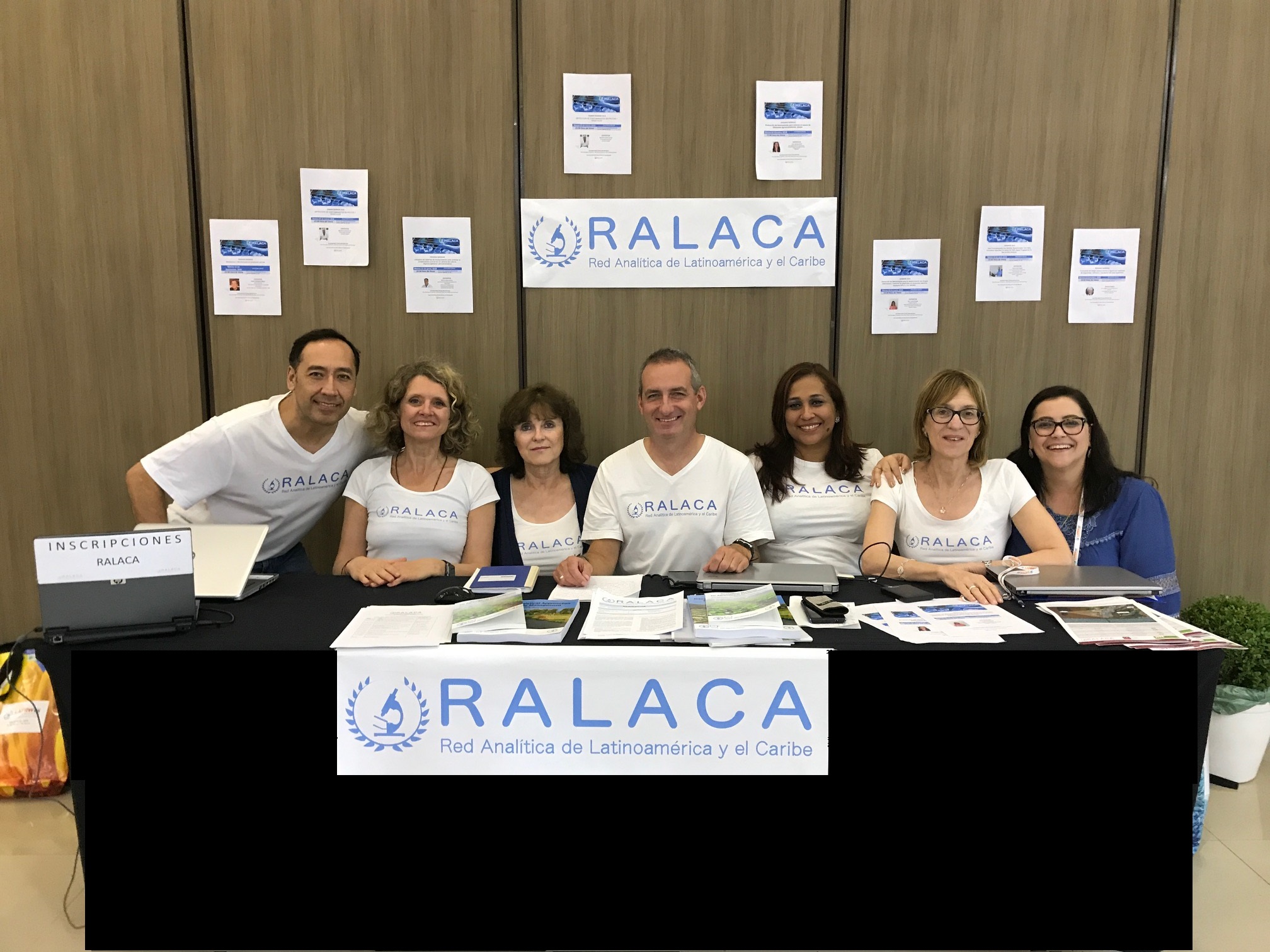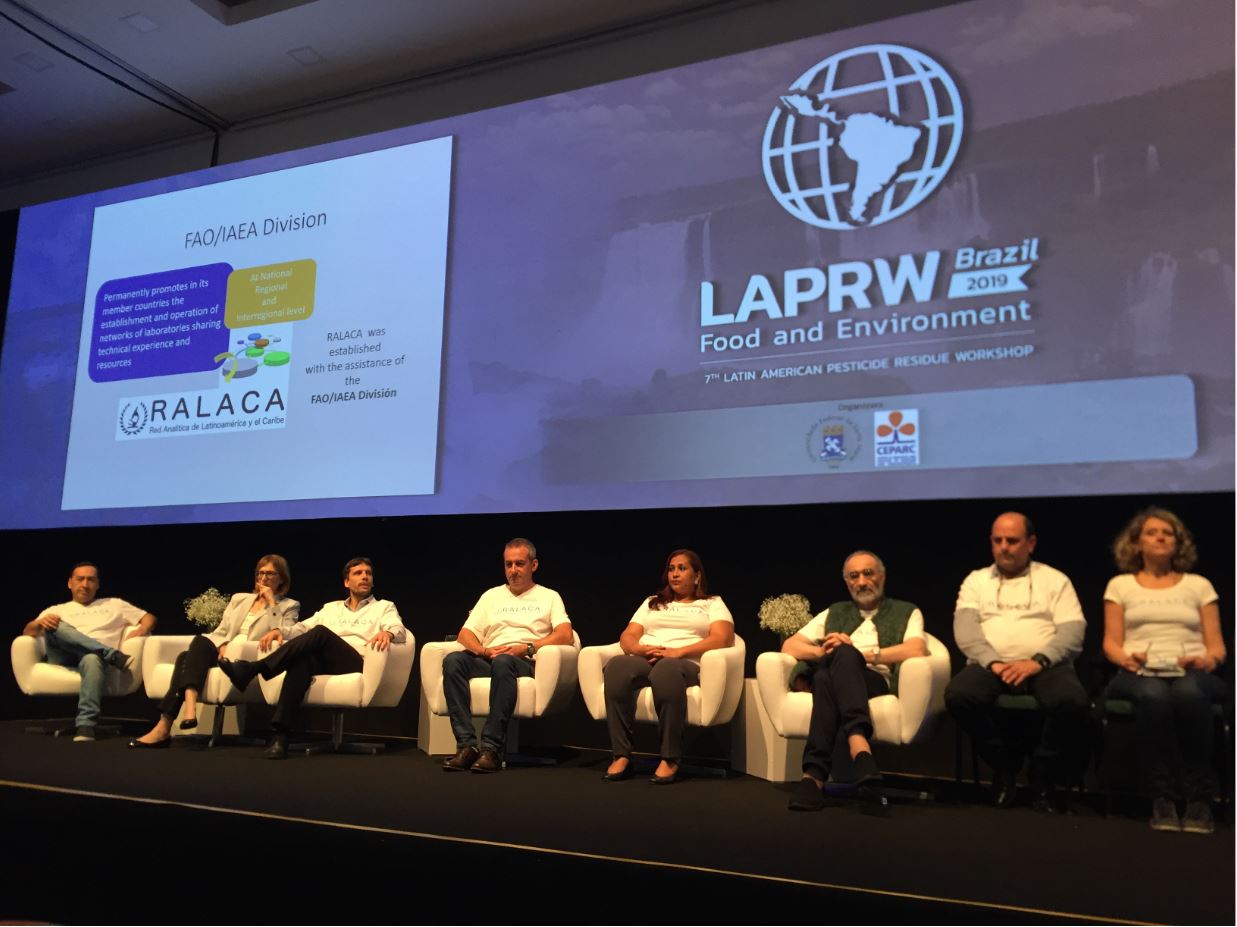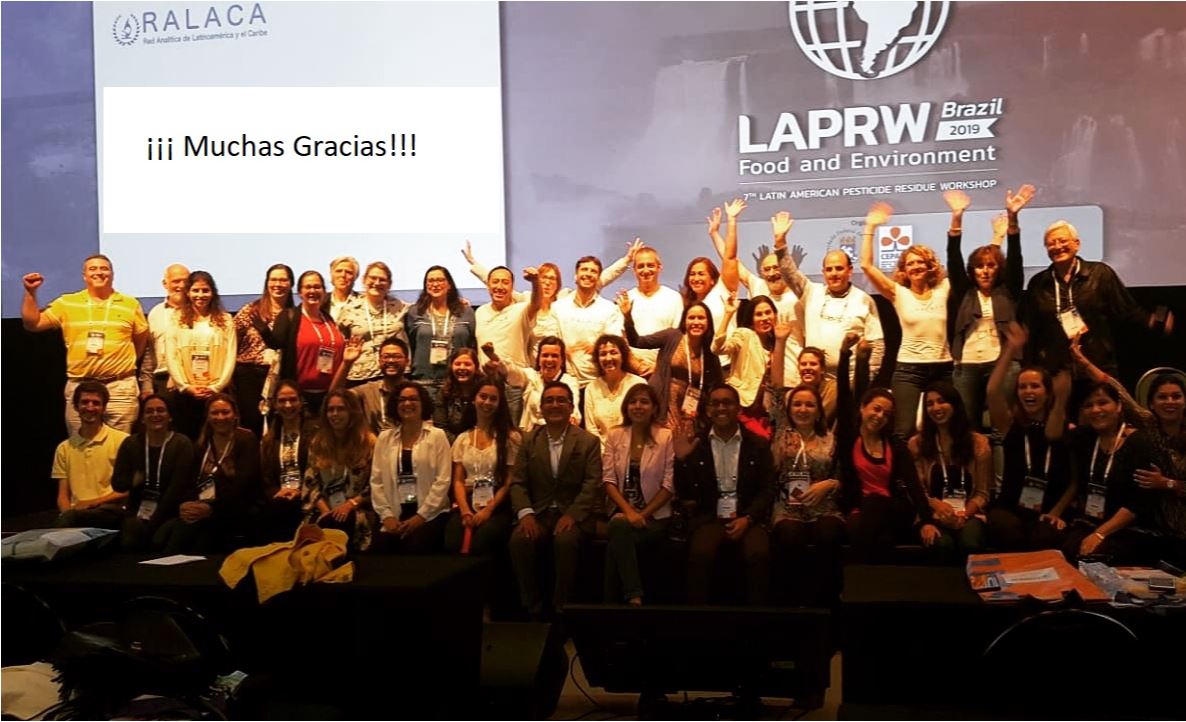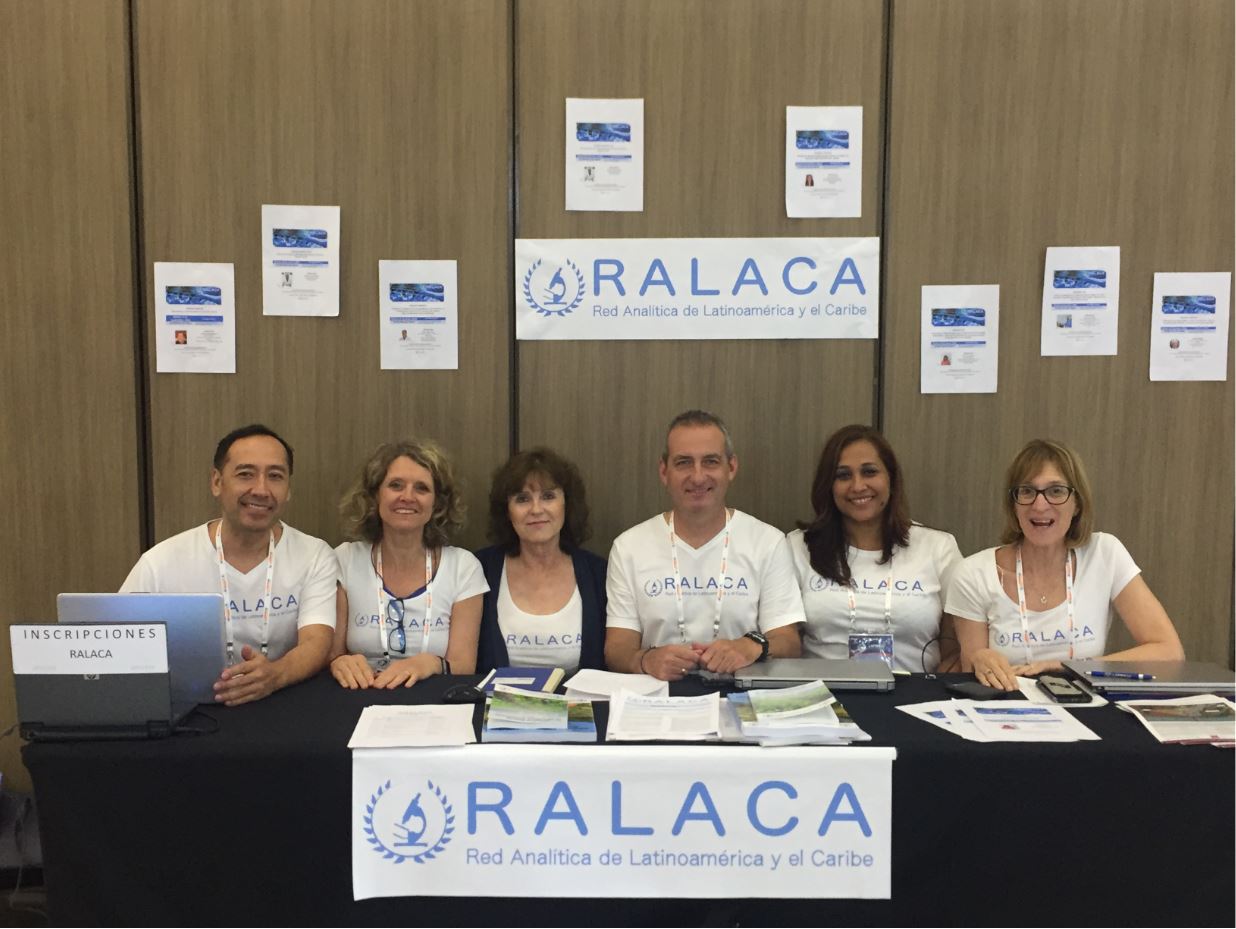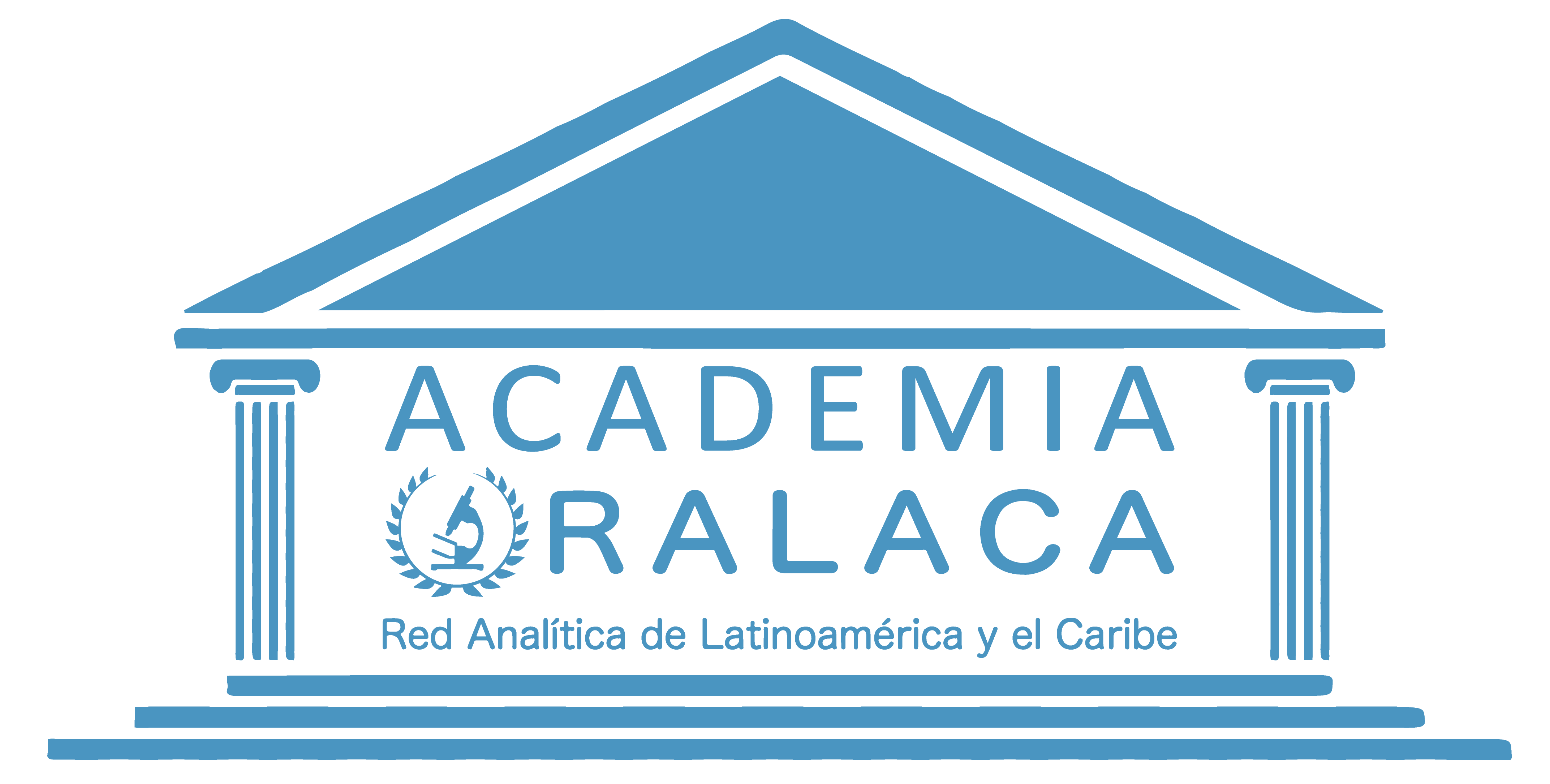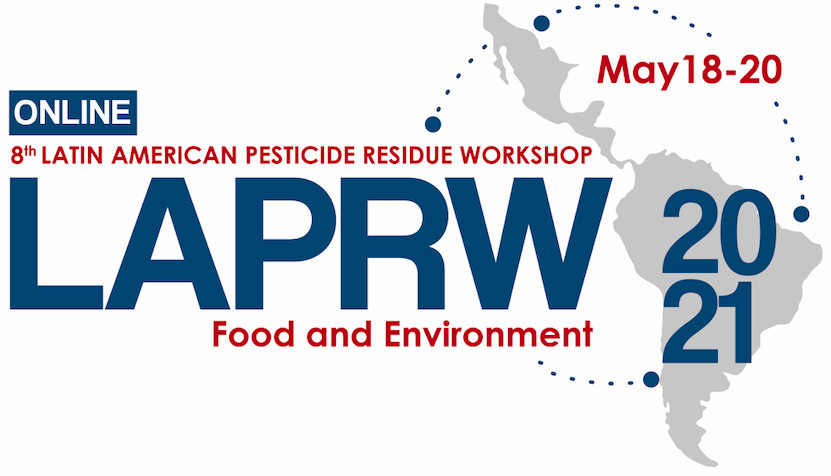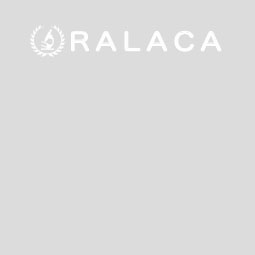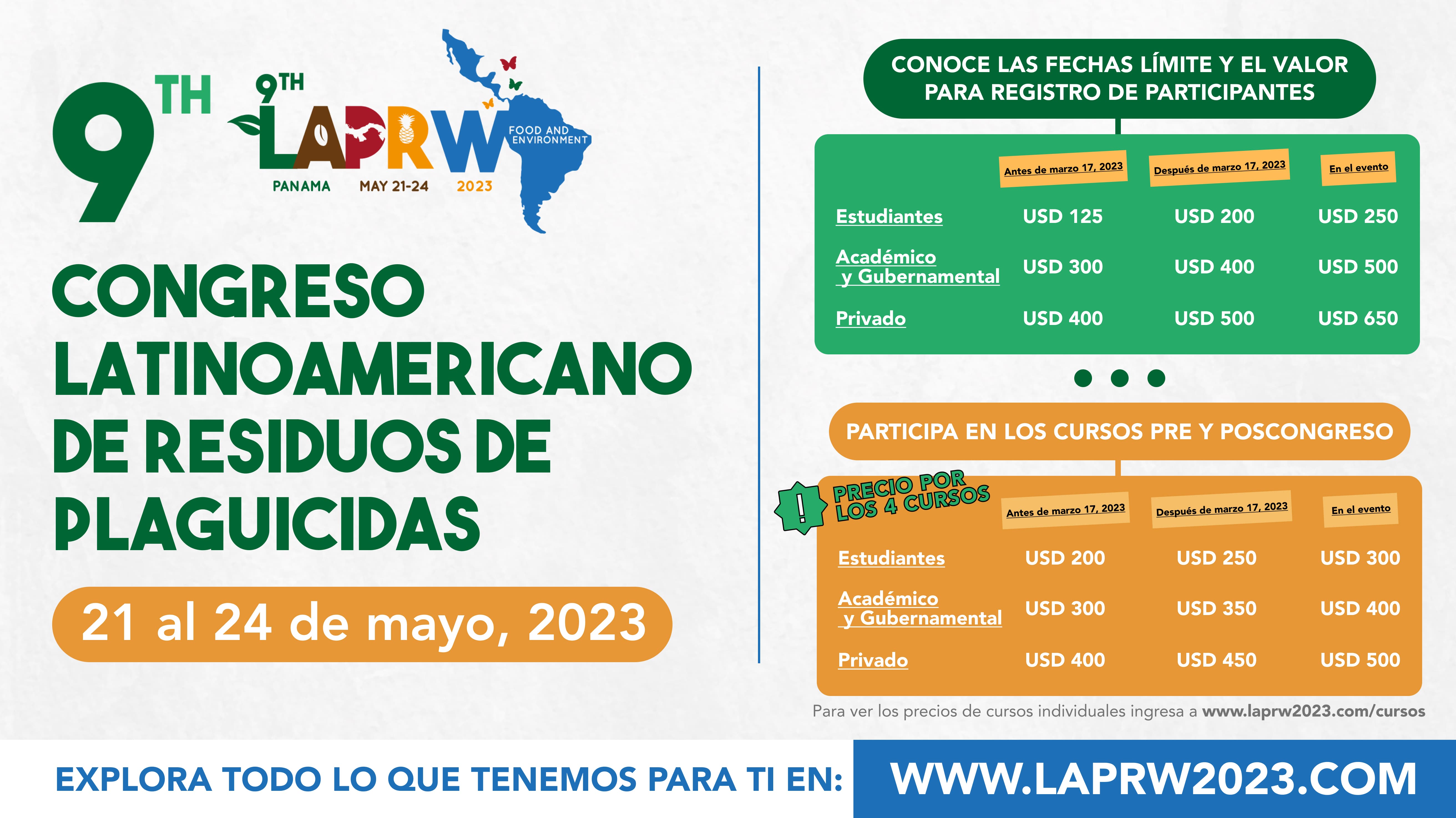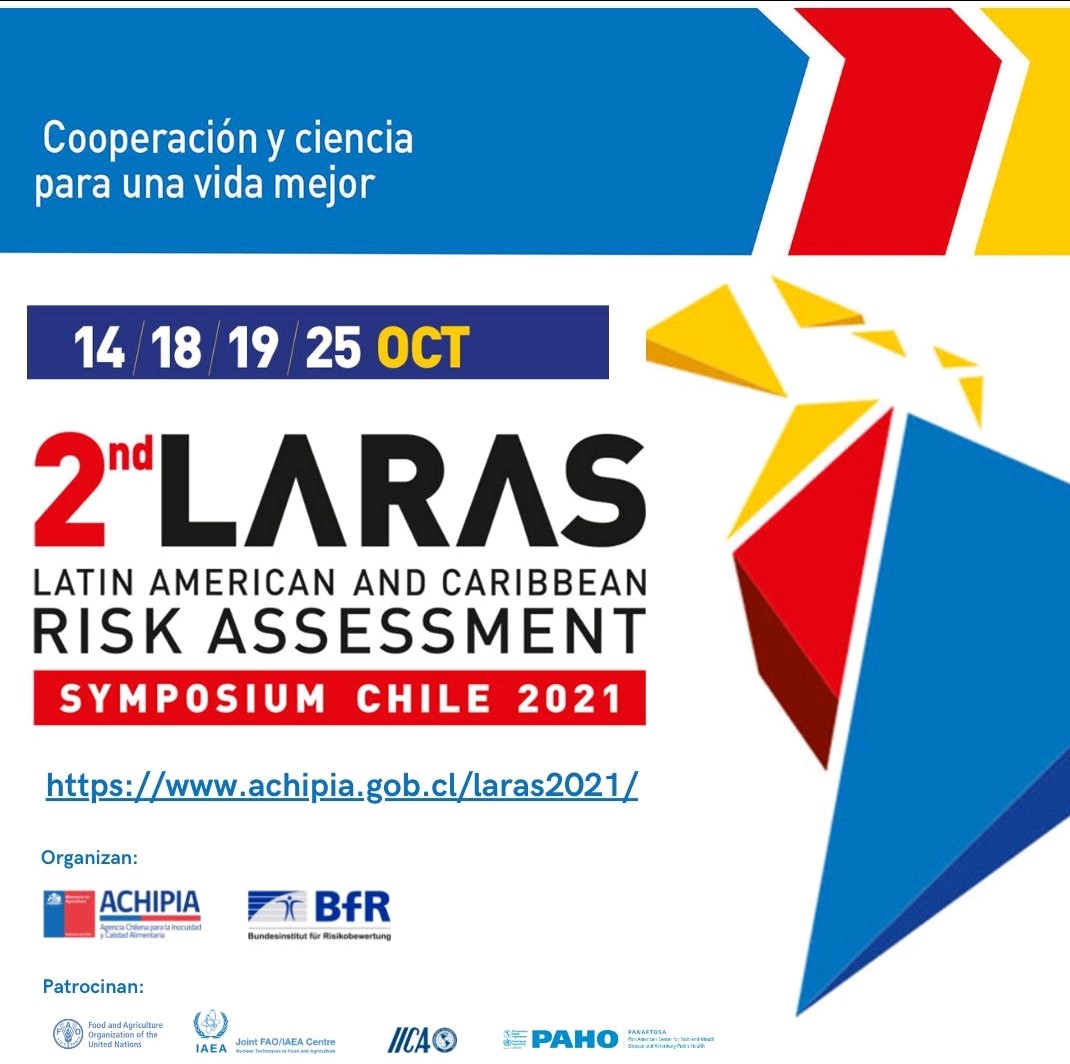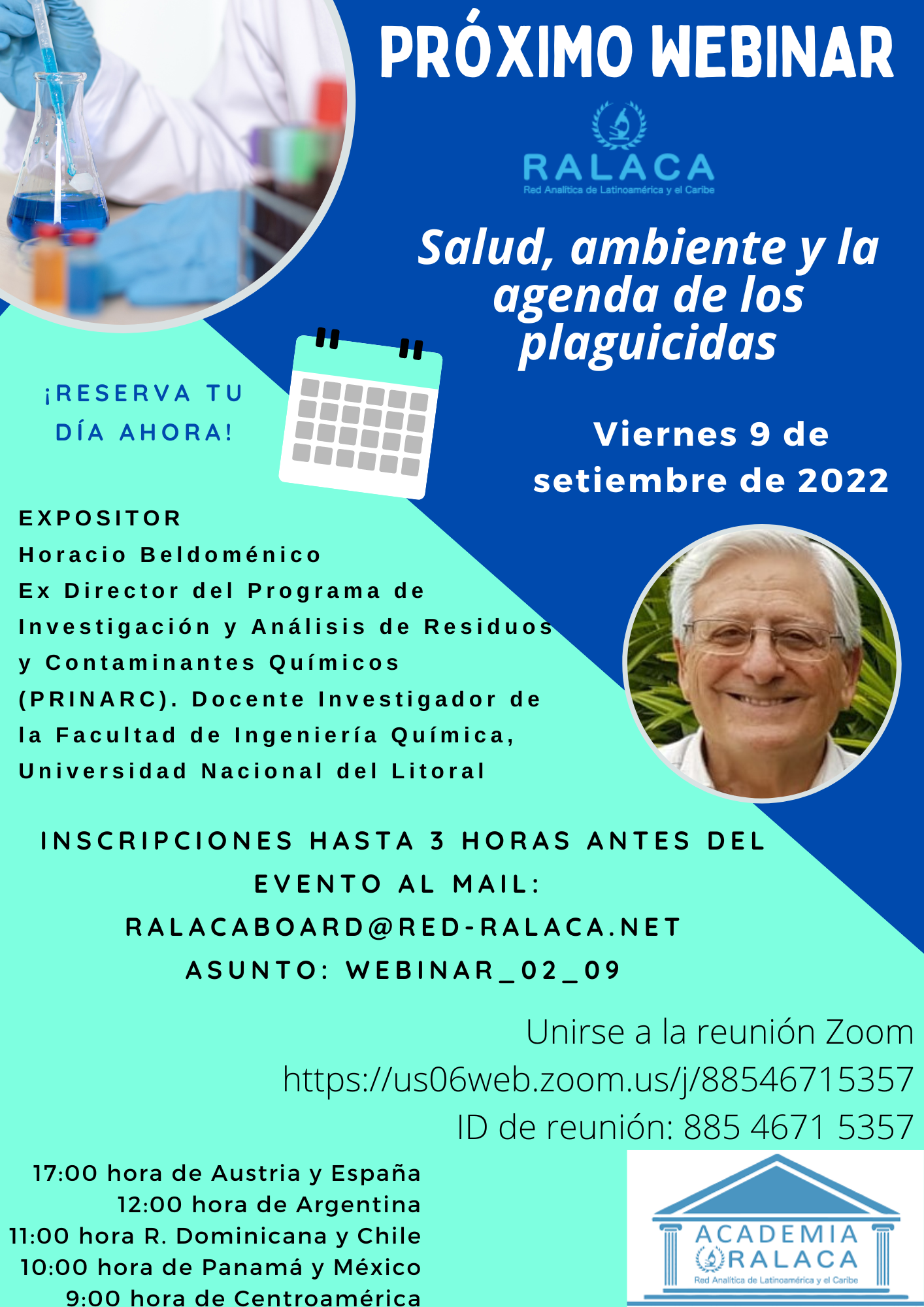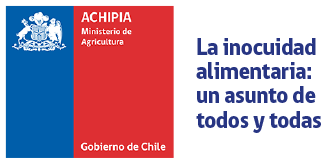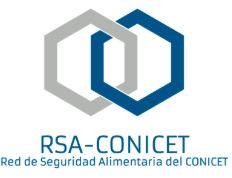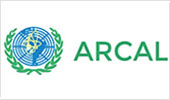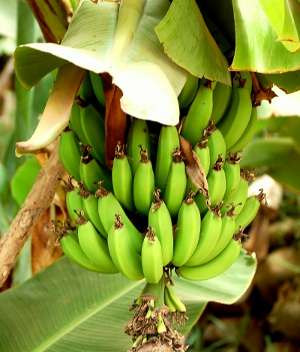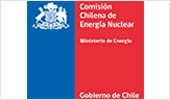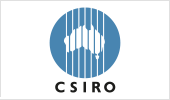 Argentina
Argentina
|
Partnes from Argentina |
||
|
Partner |
Institution |
Contact |
|
Pablo Antonio Macchi |
Universidad Nacional de Río Negro |
This email address is being protected from spambots. You need JavaScript enabled to view it. |
|
Marina Tagliaferro |
CONICET |
This email address is being protected from spambots. You need JavaScript enabled to view it. |
|
Sofía Bussalino |
Universidad Nacional del Comahue |
This email address is being protected from spambots. You need JavaScript enabled to view it. |
|
Darío A. Maggioni |
Investigador independiente |
This email address is being protected from spambots. You need JavaScript enabled to view it. |
|
María Belén Aguiar |
Universidad nacional del Comahue |
This email address is being protected from spambots. You need JavaScript enabled to view it. |
|
Patricia Ohaco |
INSTITUTO NACIONAL DE TECNOLOGIA INDUSTRIAL |
This email address is being protected from spambots. You need JavaScript enabled to view it. |
|
Julio Fuchs |
IQUIBICEN-UBA |
This email address is being protected from spambots. You need JavaScript enabled to view it. |
|
OLGA MIRENE APABLAZA |
Instituto Nacional de Tecnología Industrial |
This email address is being protected from spambots. You need JavaScript enabled to view it. |
|
Guillermo Vitulich |
Instituto Nacional de Tecnología Industrial |
This email address is being protected from spambots. You need JavaScript enabled to view it. |
|
Marcela Beatriz Moressi |
Universidad Nacional de Rio Cuarto |
This email address is being protected from spambots. You need JavaScript enabled to view it. |
|
Yeny Labaut Betancourt |
Instituto de Investigación en Geología y Paleobiología |
This email address is being protected from spambots. You need JavaScript enabled to view it.; This email address is being protected from spambots. You need JavaScript enabled to view it. |
|
Sergio Jorge BRAMARDI |
Universidad Nacional del Comahue |
This email address is being protected from spambots. You need JavaScript enabled to view it. |
|
Patricia Alejandra Gatti |
INTI Instituto Nacional de Tecnologia Industrial |
This email address is being protected from spambots. You need JavaScript enabled to view it. |
|
María Mercedes Indaco |
Universidad Nacional del Comahue |
This email address is being protected from spambots. You need JavaScript enabled to view it. |
|
Mónica Isabel Cuevas Carrasco |
Instituto Nacional de Tecnología Industrial |
This email address is being protected from spambots. You need JavaScript enabled to view it. |
|
Liliana MONZA |
Universidad Nacional del Comahue |
This email address is being protected from spambots. You need JavaScript enabled to view it. |
|
Maria Alejandra Rodriguez |
INTI (Instituto Nacional de Tecnolgía Industrial) |
This email address is being protected from spambots. You need JavaScript enabled to view it. |
|
Daniel Wunderlin |
Universidad Nacional de Córdoba (Argentina) |
This email address is being protected from spambots. You need JavaScript enabled to view it. |
|
Viviana Fioretti |
SENASA |
This email address is being protected from spambots. You need JavaScript enabled to view it. |
|
Magni Florencia |
Facultad de Ingeniería Química - Universidad Nacional del Litoral |
This email address is being protected from spambots. You need JavaScript enabled to view it. |
|
Carlos Eugenio Alli |
Servicio Nacional de Sanidad e Inocuidad Agroalimentaria (SENASA) |
This email address is being protected from spambots. You need JavaScript enabled to view it. |
|
Cristian Elias Cocchiarale |
Instituto Nacional de Tecnología Industrial (INTI) |
This email address is being protected from spambots. You need JavaScript enabled to view it. |
|
Karina Miglioranza |
Universidad Nacional de Mar del Plata, IIMyC CONICET |
This email address is being protected from spambots. You need JavaScript enabled to view it. |
|
|
|
|
Contact person in the laboratory: |
María Rosa Repetti |
|
Email of contact person: |
This email address is being protected from spambots. You need JavaScript enabled to view it. |
|
Mandate of the Laboratory: |
Educación, Investigación, Desarrollo de Métodos |
|
Role in the farm-to-fork chain: |
|
|
National Reference Laboratory: |
No |
|
Type of contaminants analysed: |
Plaguicidas, PCB´S, Drogas Veterinarias, Contaminantes Emergentes |
|
Matrices analysed: |
Ambientales (agua, suelos, sedimentos) Frutas (arándanos, fresas, etc..) Leche, Miel Vegetales (espinaca, brócoli, etc..) |
|
Combination matrices and contaminants |
70 Compounds by UHPLC - MS/MS |
|
Description of validated method used: |
QUECHERS - SweEt - Miniluke, Single Residue Method for Glyphosate, AMPA and Glotusinate. EPA 8121, EPA 88141ay |
|
Laboratory accredited according to |
No |
|
Provision of interpretation of residue |
Si (servicios a terceros) |
|
Laboratory certified according to GLP: |
No |
|
Is laboratory available for research and |
Si |
|
Is the laboratory available for quality auditing services within RALACA when funding becomes available? |
Si |
|
Is the laboratory available for expert missions within RALACA when funding becomes available? |
Si |
|
Is the laboratory available for ad hoc on- site training when funding becomes available? |
Si |
|
Is the laboratory available for ad hoc |
Si |
|
Is the laboratory available for preparation of ad hoc reference materials when projects/funding becomes available? |
Si |
|
Is the laboratory available for organization and distribution of ad hoc proficiency testing/collaborative trials when projects/funding becomes available? |
Si |
|
LABORATORIO DE DETECCIÓN DE OGM‐ INSTITUTO DE BIOTECNOLOGÍA ‐ CICVYA‐ INTA |
|
|
Contact person: |
Viviana Cecilia Pedroarias |
|
E-Mail: |
This email address is being protected from spambots. You need JavaScript enabled to view it. |
|
Mandate of the Laboratory: |
To provide a GMO detection services in samples of grains, seeds, processed foods, to different external or internal customers to INTA in accordance with regulatory requirements or market. To train to national and international laboratories in different methodologies for the detection of GMOs, through personal training and specific courses. To develop methodologies to detect new events according to the lawsuits filed by regulations or market. To advise the public interested in the various issues related to GMOs, their regulation and methodologies for detection. |
|
Role in the farm-to-fork chain: |
Argentina is one of the countries with the highest adoption of genetically modified crops worldwide representing 20% of the area planted to these crops. |
|
National Reference Laboratory: |
Yes, the laboratory is representing the country in international forum and is a reference in the country and the region. |
|
Type of contaminants analysed: |
Genetically Modified Organisms |
|
Matrices analysed: |
Grains, Seeds, Food, feed, green material, honey, pollen, raw materials for the food industry. |
|
Combination matrices and |
|
|
Description of validated method used: |
q PCR (quantitative Chain Reaction polymerase) and PCR tf |
|
Laboratory accredited according to ISO17025: |
Yes |
|
Provision of interpretation of residue |
It provides data interpretation |
|
Laboratory certified according to GLP: |
No |
|
Is laboratory available for research and |
Yes |
|
Is the laboratory available for quality |
Yes |
|
Is the laboratory available for expert |
Yes |
|
Is the laboratory available for ad hoc on- |
Yes |
|
Is the laboratory available for ad hoc |
Yes |
|
Is the laboratory available for
|
Yes |
|
Is the laboratory available for
|
Yes |
|
|
|
Contact person: |
María del Valle Bertolo |
|
Email: |
|
|
Mandate of the Laboratory: |
Our Research Center at INTI voluntarily participates in technical |
|
Role in the farm-to-fork chain: |
Analysis of pesticide residues in fruits, vegetables and their |
|
National Reference Laboratory: |
No |
|
Type of contaminants analysed: |
Organochlorine, organophosphates, pyretroids, carbamates, |
|
Matrices analysed: |
Fresh and dried fruits and vegetables Canned fruits and vegetables Drinking water and irrigation water Cereals, Seeds and flours Oils Wine Juices and musts Soils Honey Jams |
|
Combination matrices and |
In all matrices mentioned we analyze the following compounds: Organochlorates, organophosphorates, pyretroids, carbamates, benzimidazoles and dithiocarbamates. Also Glyphosate and AMPA, and Ochratoxin A. |
|
Description of validated method used: |
Internal procedure based in Journal of AOAC international 86.2 |
|
Laboratory accredited according to |
No, we were accredited according to ISO17025 since |
|
Provision of interpretation of residue |
It provides data interpretation |
|
Laboratory certified according to GLP: |
No |
|
Is laboratory available for research and |
Yes, it supports our strategy plan, functions and institutional |
|
Is the laboratory available for quality auditing services within RALACA when funding becomes available? |
Yes, it supports our strategy plan, functions and institutional |
|
Is the laboratory available for expert missions within RALACA when funding becomes available? |
Yes, it supports our strategy plan, functions and institutional |
|
Is the laboratory available for ad hoc on- site training when funding becomes available? |
Yes, it supports our strategy plan, functions and institutional |
|
Is the laboratory available for ad hoc |
Yes, it supports our strategy plan, functions and institutional |
|
Is the laboratory available for preparation of ad hoc reference materials when projects/funding becomes available? |
Yes, it supports our strategy plan, functions and institutional |
|
Is the laboratory available for organization and distribution of ad hoc proficiency testing/collaborative trials when projects/funding becomes available? |
Yes, it supports our strategy plan, functions and institutional |
 Vienna, Austria
Vienna, Austria 

